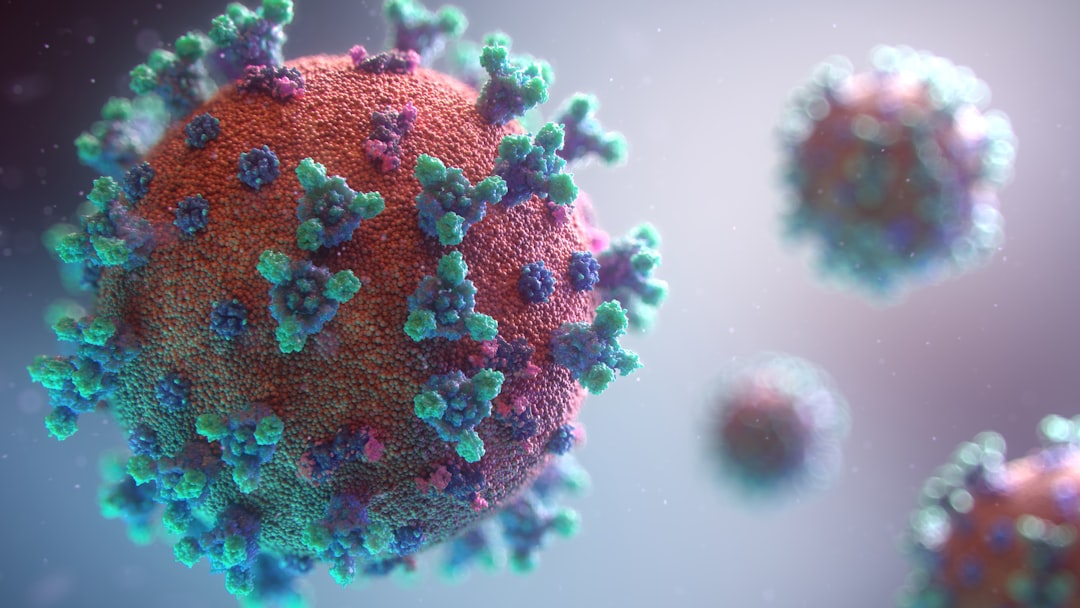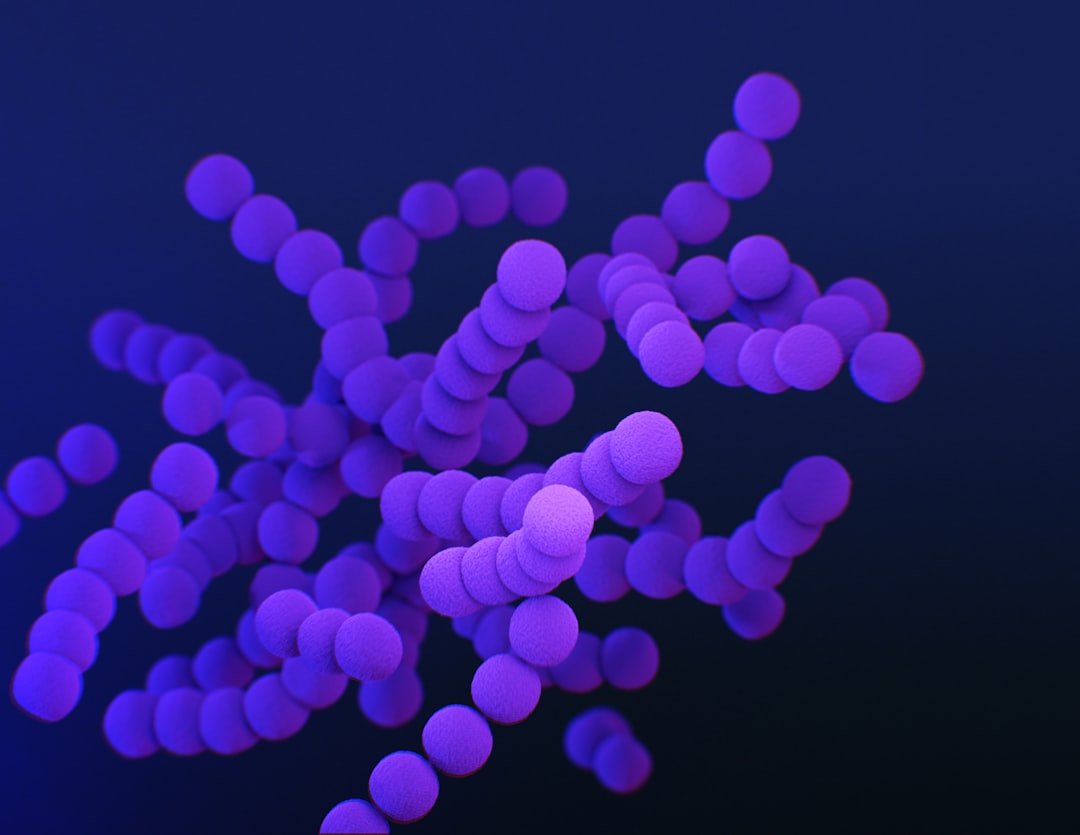What is it about?
Six Aspergillus flavus isolates out of 17 fungal isolates were sampled from diverse food and organic matter in southwest Nigeria. All the A. flavus samples produced aflatoxin and cyclopiazonic acid. These six isolates constitute a mycobank of toxigenic species for analytical research involving the safety of food, feed and the general environment. Consumption of wholesome food materials is contingent upon accurate identification of fungal contaminants, detection and quantification of potential mycotoxins and subsequent removal and prevention of fungal contamination. Thorough investigations rest on proper maintenance of a reliable mycobank. This article introduces a mini toxigenic A. flavus bank, supported by pictorial illustrations, as a preliminary project for the establishment of a permanent culture collection centre in Nigeria.
Featured Image

Photo by Timothy Dykes on Unsplash
Why is it important?
This study is important due to the danger aflatoxin poses to our health. The study was done to identify common fungi in food and organic matter in southwest Nigeria in order to ignite awareness of the dangers of aflatoxin contamination in food and feed by examining the sampled fungi for aflatoxigenicity; and to establish a fungal data bank for future scientific reference in Nigeria.
Perspectives
It is important that more focus be given to the accurate identification of aflatoxigenic fungi in order to have a grasp of the intervention strategies necessary for food safety and security.
Tajudeen Oladunni GANIYU
Fountain University
Read the Original
This page is a summary of: Toxigenic
Aspergillus flavus
and other fungi of public health concern in food and organic matter in southwest Nigeria, Mycology: An International Journal on Fungal Biology, September 2012, Tsinghua University Press,
DOI: 10.1080/21501203.2012.722566.
You can read the full text:
Contributors
The following have contributed to this page










